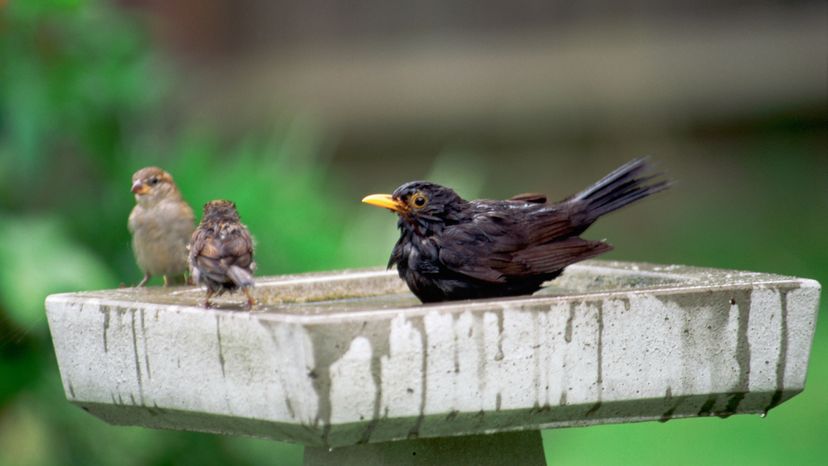
Key Takeaways
- Birds from different species can communicate through alarm calls, which they learn by observing other species and associating their calls with danger.
- Mixed-species flocks use contact calls to maintain group cohesion and share information about food sources.
- This interspecies communication helps birds enhance their survival by responding to shared threats and finding resources more efficiently.
A good bird-watcher can identify the local species not just by sight, but also by sound. It's something the Audubon Society calls "birding by ear." With practice and a good field guide, avian enthusiasts learn to recognize the trademark "tweets," "cheeps" and "hoots" that various birds emit.
Mastering this skill requires a basic understanding of how and why our feathered friends communicate. Often, a given species will use its own distinctive set of sounds — like mating calls and territorial threats — to get assorted points across. Take the rock pigeon. These guys court each other with gentle coos. And to signal distress, they use harsh grunt. If an individual rock pigeon is to survive and procreate, it must be able to recognize both vocalizations.
Advertisement
But do a pigeon's noises mean anything to passing crows or cardinals? Can birds understand the calls made by other species?
We recently discussed this topic with Robert D. Magrath, an ornithologist and behavioral ecologist at the Australian National University. Magrath's co-authored multiple studies about interspecies communication in birds. Much of his research has dealt with avian alarm calls. These are the warning cries that birds send out when a predator is sighted.
As Magrath tells us via email, "Just about every bird species we have studied locally respond to other species' alarm calls, and we suspect eavesdropping on other species' calls is widespread around the globe. Perhaps this is not surprising given that almost all species are vulnerable to predators and so should use any available cues that predators are around."
Advertisement
